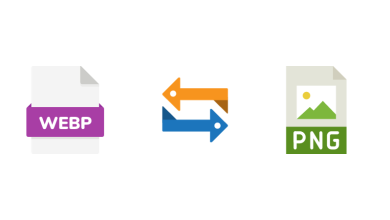
Healthcare is an intricate field that relies heavily on various types of data to improve patient care, streamline operations, and advance medical research. Understanding the different categories of data in healthcare is crucial for healthcare professionals, researchers, and policymakers to make informed decisions. This article explores the primary types of data in healthcare and their significance.

1. Clinical Data
Clinical data refers to information directly related to patient care and treatment. This type of data is collected during medical encounters and includes:
- Patient Demographics: Information such as age, sex, ethnicity, and contact details.
- Medical History: Details about past illnesses, surgeries, allergies, and family medical history.
- Diagnostic Data: Results from diagnostic tests, imaging studies, and laboratory results.
- Treatment Records: Information on prescribed medications, treatment plans, and follow-up care.
- Progress Notes: Observations and notes made by healthcare providers during patient visits.
Clinical data is vital for diagnosing conditions, managing treatments, and tracking patient outcomes.
2. Administrative Data
Administrative data pertains to the management and operational aspects of healthcare facilities. It includes:
- Billing and Insurance Information: Data related to patient billing, insurance claims, and reimbursements.
- Appointment Scheduling: Records of patient appointments, cancellations, and rescheduling.
- Staff Records: Information about healthcare professionals, including their roles, credentials, and work schedules.
- Facility Utilization: Data on the usage of healthcare resources such as hospital beds, equipment, and outpatient services.
Administrative data helps in managing healthcare operations, optimizing resource allocation, and ensuring smooth facility management.
3. Patient-Reported Data
Patient-reported data consists of information provided directly by patients about their health status and experiences. This data includes:
- Patient Surveys: Responses to questionnaires about symptoms, quality of life, and satisfaction with care.
- Self-Monitoring Records: Data from devices or apps where patients track their health metrics, such as blood glucose levels or blood pressure.
- Patient Diaries: Personal logs maintained by patients detailing their symptoms, medication adherence, and daily health activities.
Patient-reported data is crucial for understanding the patient’s perspective, improving patient engagement, and tailoring individualized care plans.
4. Research Data
Research data involves information collected for the purpose of advancing medical knowledge and clinical practice. It includes:
- Clinical Trials Data: Results from studies testing new treatments, drugs, or medical devices.
- Epidemiological Data: Data on disease prevalence, incidence, and risk factors collected through population studies.
- Genomic Data: Information about genetic variations and their association with health conditions.
- Observational Studies: Data collected from observing patients in real-world settings to understand health outcomes and treatment effects.
Research data is fundamental for developing new treatments, understanding disease patterns, and improving overall healthcare practices.
5. Operational Data
Operational data relates to the internal processes of healthcare organizations and includes:
- Workflow Data: Information about the efficiency of clinical and administrative workflows, such as patient throughput and process times.
- Resource Management: Data on inventory levels, equipment usage, and supply chain management.
- Quality Metrics: Performance indicators related to patient safety, care quality, and adherence to clinical guidelines.
Operational data supports continuous improvement in healthcare delivery and organizational performance.
6. Public Health Data
Public health data focuses on the health of populations and includes:
- Surveillance Data: Information on disease outbreaks, vaccination rates, and public health trends.
- Health Statistics: Data on population health indicators such as mortality rates, morbidity rates, and health behaviors.
- Health Policies: Data related to the implementation and impact of public health policies and programs.
Public health data is essential for crafting effective health policies, planning interventions, and monitoring the health status of communities.
Conclusion
In healthcare, diverse types of data play crucial roles in ensuring effective patient care, optimizing operations, and advancing medical research. Clinical data supports diagnosis and treatment, administrative data manages healthcare operations, and patient-reported data provides insights into patient experiences. Research and public health data contribute to medical advancements and population health monitoring. By leveraging these data types, healthcare professionals and organizations can enhance their ability to provide high-quality care and drive improvements across the healthcare system.





